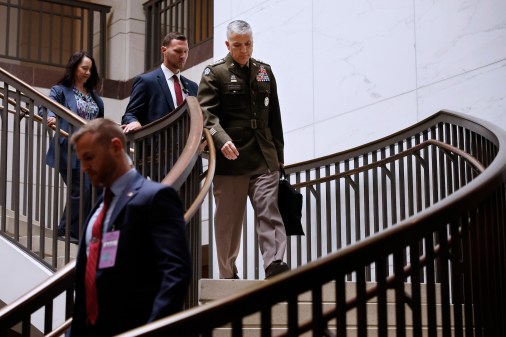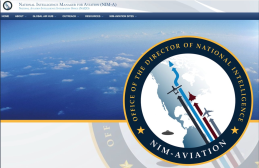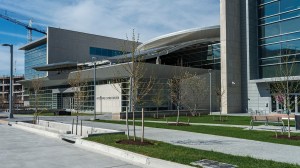Inside the new, state-of-the-art U.S. cyberwarfare bunker
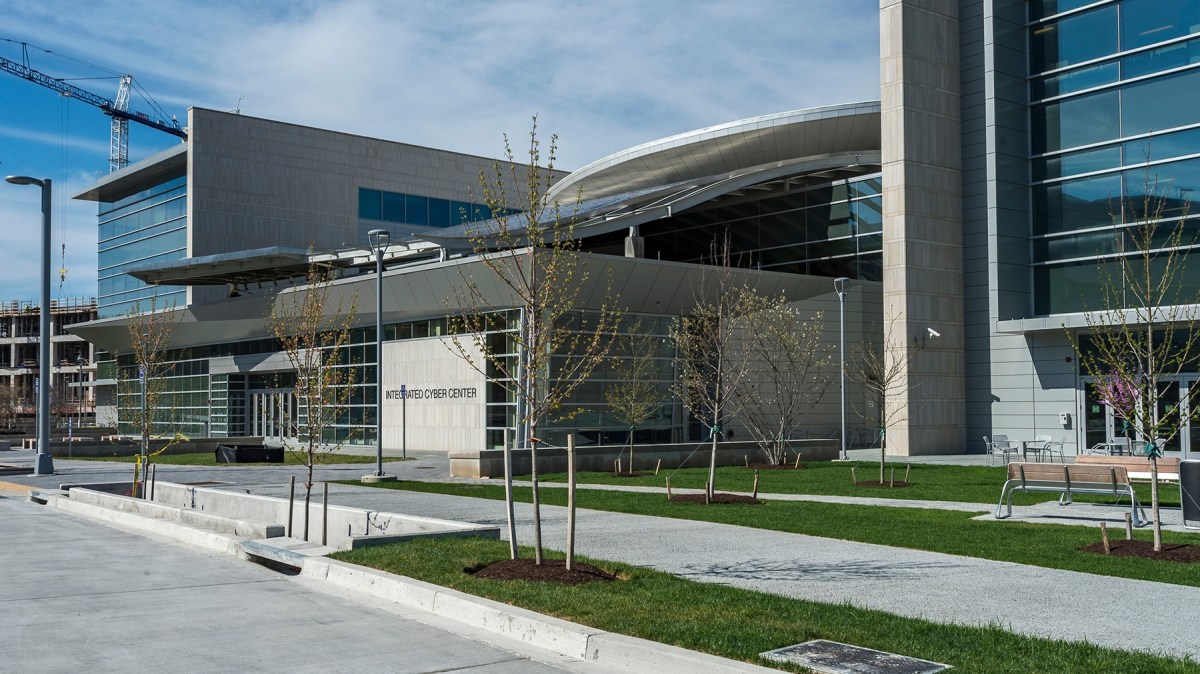
The command post for any future U.S.-backed cyberwar is now officially open.
Last week, NSA and U.S. Cyber Command leaders posed together and smiled for pictures during a ribbon-cutting ceremony to celebrate the completion of a new, state-of-the-art spy bunker named the “Integrated Cyber Center,” or ICC.
Bland in name alone, the groundbreaking facility located inside Fort Meade in Maryland represents the latest step taken by the federal government to equip U.S. spies and a growing force of “cyberwarriors” with the physical infrastructure necessary to combat foreign threats online.
Hackers linked to Russia, China, North Korea and Iran have each respectively penetrated important U.S. political groups, government agencies, entertainment studios and U.S. energy companies in recent years. These types of breaches have led lawmakers to openly question whether the federal government is doing enough to deter hackers.
“Today we are at the dawn of a new era, facing the reality of wars changing character,” said Deputy Secretary of Defense Patrick Shanahan. “The emergence of cyberspace and outer space has contested war fighting domains … cyberspace is not bound by geography, it is not bound to the physical presence of our adversaries. The next ten years will look significantly different from the last ten more than any of us can likely imagine.”
Senior U.S. officials hope the ICC will effectively help the 66-year-old signals intelligence agency easily coordinate with U.S. Cyber Command, a nascent military unit that’s individually responsible for cyberwarfare operations. Such operations typically cause a noticeable disruption to the enemy’s computer network instead of covertly collecting secrets.
The goal is to improve cross-government collaboration by centrally organizing the appropriate representatives from each different agency and military branch into one space. Recent legislative decisions have given Cyber Command the authority to deploy their forces to combatant commands around the world.
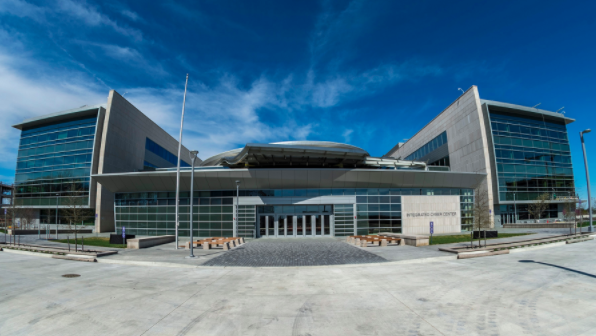
Photo via NSA.gov
Until today, Cyber Command has been largely focused on disrupting communications and online propaganda tied to the Islamic State (ISIS). But in the future, its operations are expected to expand significantly to potentially include targets located outside designated war zones.
Guiding the deconfliction process for when government agencies disagree with one another on cyber-operations will be among the ICC’s chief tasks. Prior reporting by CyberScoop has shown how the intelligence community and military sometimes butt heads over the appropriate use of hacking tools.
The ICC will provide a “24/7 worldwide cyber watch center that facilitates real-time coordination, deconfliction, and situational awareness to achieve national security objectives,” a brochure distributed to media by NSA spokespeople reads. “It features a state-of-the-art watch floor with three knowledge walls to enable real-time comprehensive intelligence reporting capabilities.”
In addition to housing staff from both NSA and Cyber Command, the ICC will be home to a cadre of full-time liaisons from other federal agencies and foreign allied partners. It’s not uncommon for NSA to work closely with, for example, the U.K., Canada or Australia’s intelligence services to track espionage targets.
“Given the nature of this domain and the importance of defending national interests in cyberspace, the ICC/JOC will have significant representation from across the DoD and interagency,” said Cyber Command spokesperson Masao Doi. “Our foreign partners will also be represented in the ICC/JOC as well as linked virtually.”
Friday’s symbolic event, attended by CyberScoop, was scheduled alongside a change of command ceremony for the incoming NSA Director and head of Cyber Command, Gen. Paul Nakasone. Nakasone arrives after his predecessor, Adm. Mike Rogers, announced plans to retire. Rogers served a full term that began in 2014.
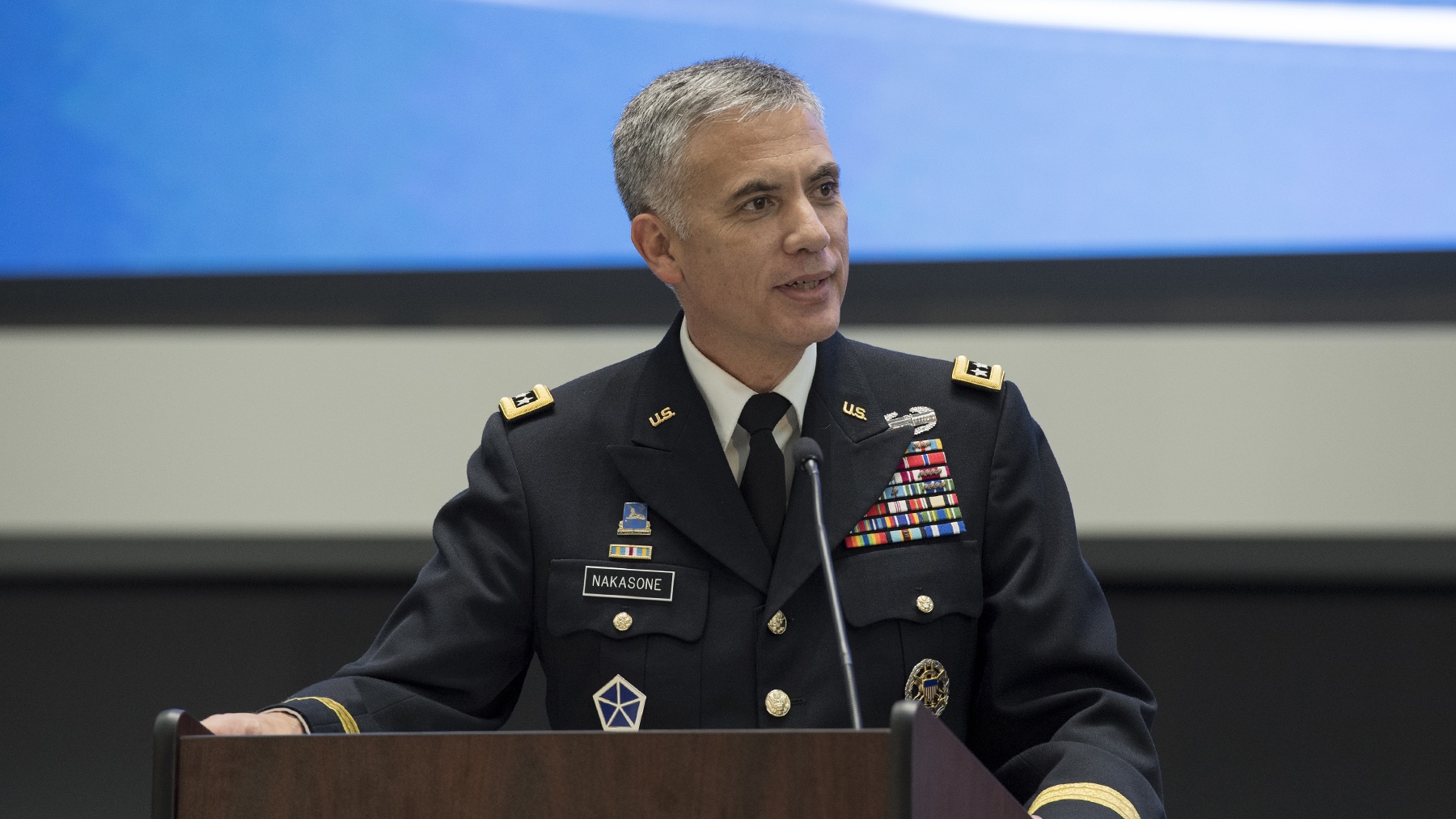
Gen. Paul Nakasone speaks during his swearing-in ceremony at the NSA’s Integrated Cyber Center (NSA)
Throughout the ceremony, several high profile figures from the Pentagon, intelligence community, Congress and White House spoke at length about how the ICC symbolized another chapter for Fort Meade. Its unveiling comes during a time in which U.S. voters are becoming increasingly aware of cyber threats facing the country.
“I’d really like to reinforce the way the nation has recognized that cyber space is an element key and vital to our security as well as our prosperity,” White House Cybersecurity Coordinator Rob Joyce said at the change of command event. “For those reasons we’ve made the investment in things like the facilities here.”
The ICC will become fully operational in August.
In terms of the building’s physical layout, it is divided into three separate but conjoined areas: an office for NSA, an office for Cyber Command personnel, and then a circular, shared middle section that connects the two individual structures. This middle section contains a dome that’s encased in another thick, partially copper-covered wall.
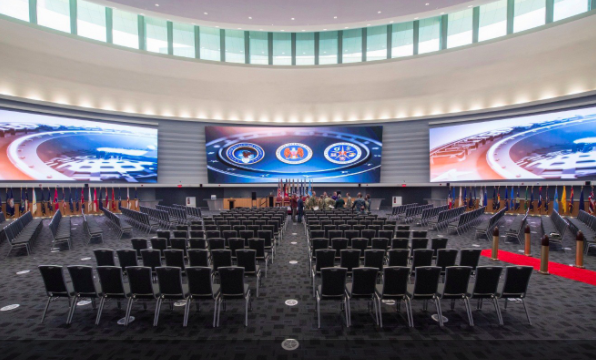
ICC watch floor / photo via NSA.gov
The dome is where the aforementioned “watch floor” and “knowledge walls” are located. The knowledge walls look like massive, theater-style flatscreen televisions with curved displays. On the grey carpet floor, plate-sized metal grates cover the entire area, allowing for airflow.
“The ICC/JOC was designed from the ground up to support mission technical requirements today and into the future, as well as to ensure that environmental systems have multiple redundancies and exceed requirements to enable continuous operations,” Doi said.
Construction of the building, which costs about $500 million, originally began about seven years ago. It was made possible through the work of the U.S. Army Core of Engineers, NSA and Cyber Command personnel, and regional construction contracting giant Hensel Phelps, among others.
Later this year the Trump administration will decide whether or not to split Cyber Command from NSA. The move would remove the current “dual hat” status provided to the NSA Director, which enables him to also manage U.S. Cyber Command. If such a split were to occur, then Cyber Command would likely gain new autonomy, separate from NSA. It’s unclear exactly how this division would affect the ICC’s development, but some say the impact would be negligible.
“I don’t think it would affect anything,” said Maj. Eugene Williams, a deputy battle captain for Cyber Command.“That’s the whole purpose of this organization. This ICC/JOC joins those two organizations together. This is where that synergy is going to happen. It doesn’t matter if we split the dual-hat or not, we will still remain together.”
